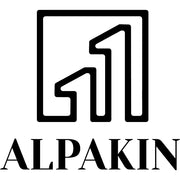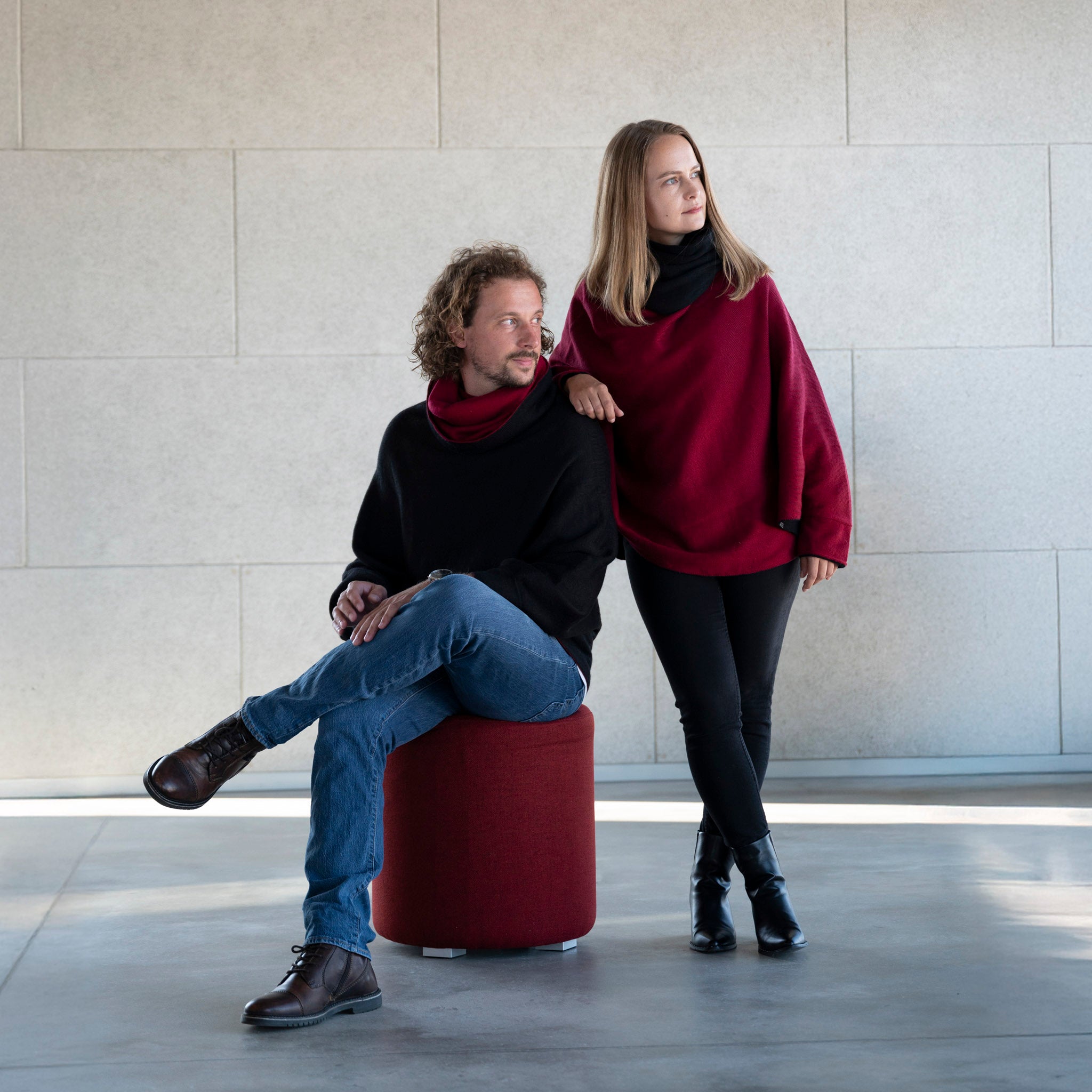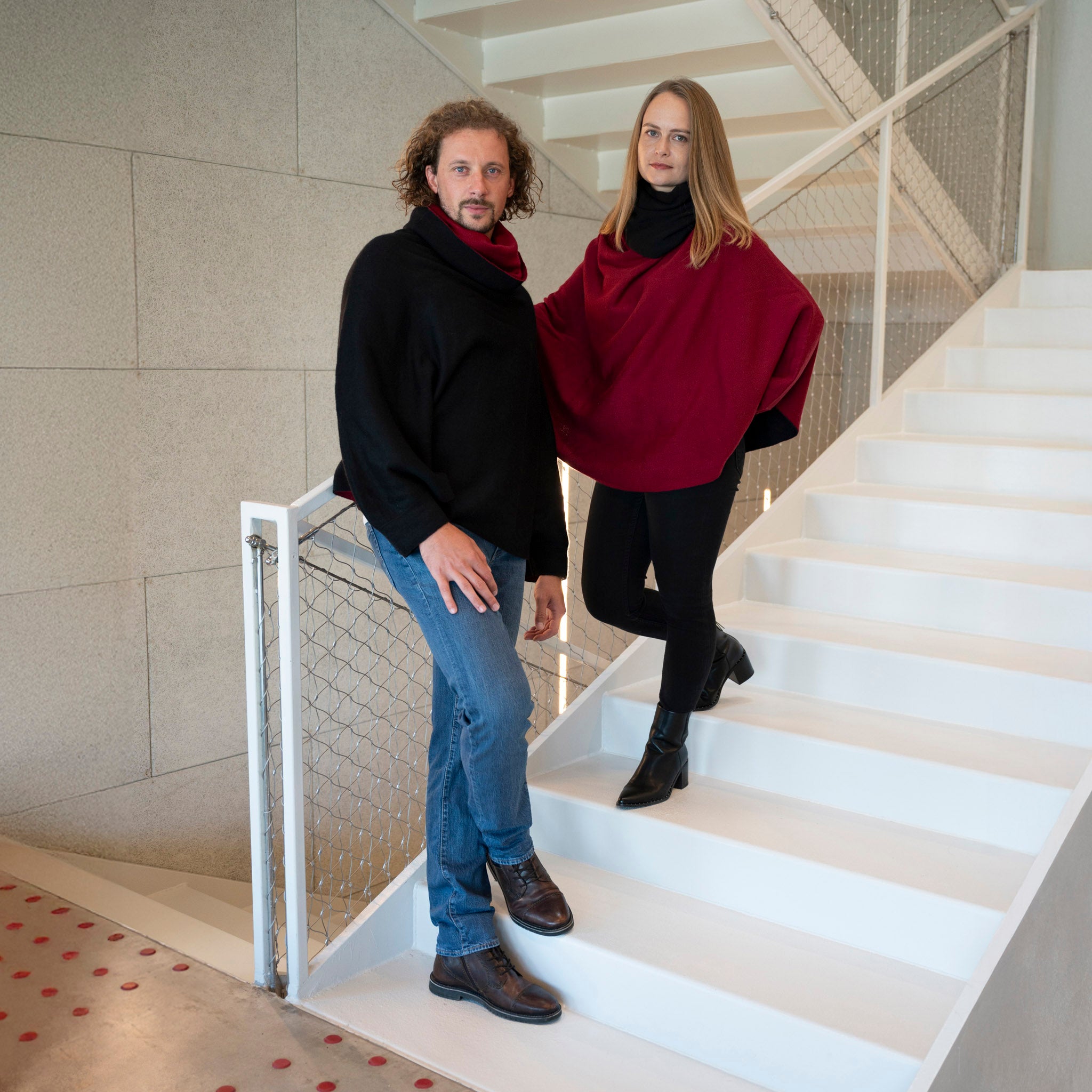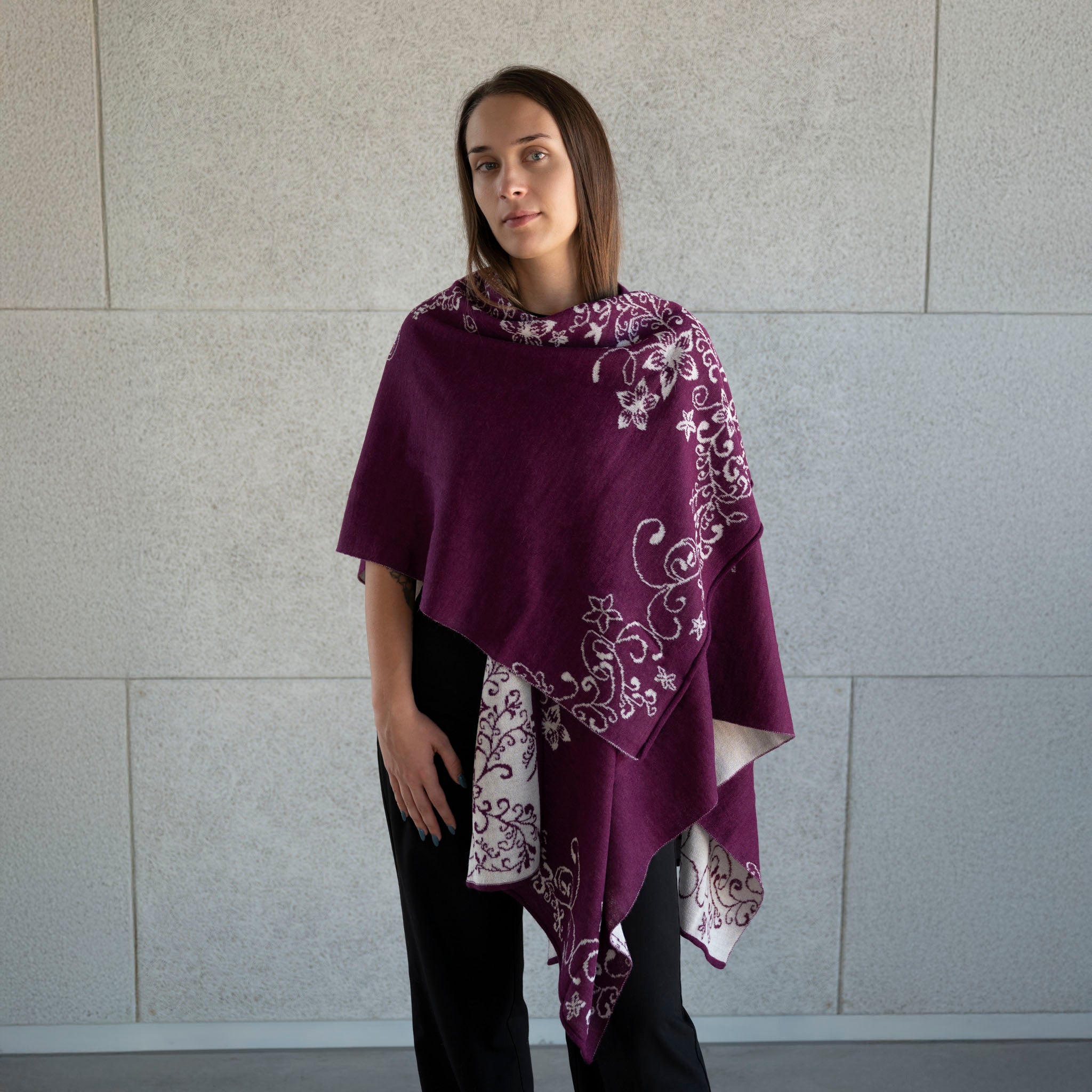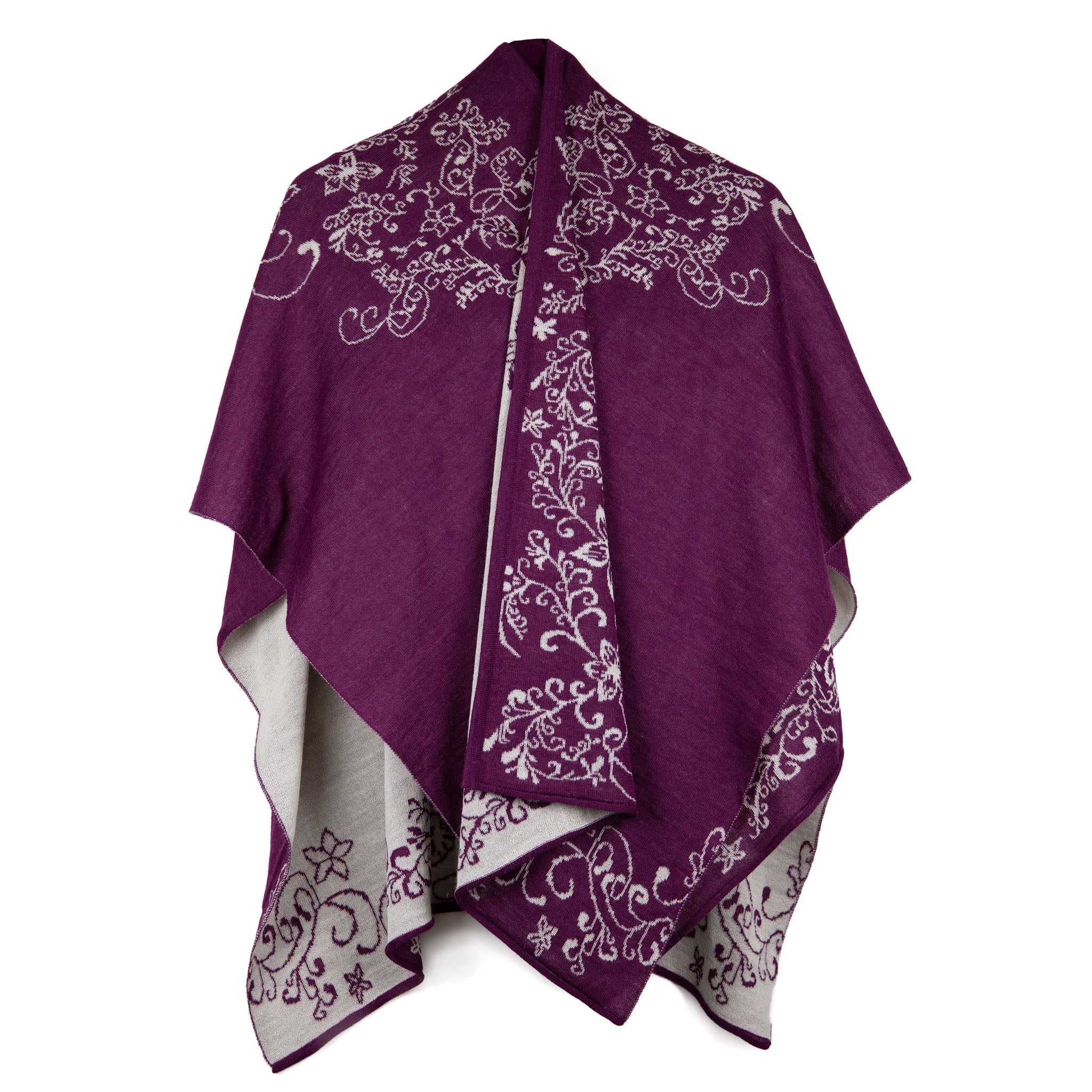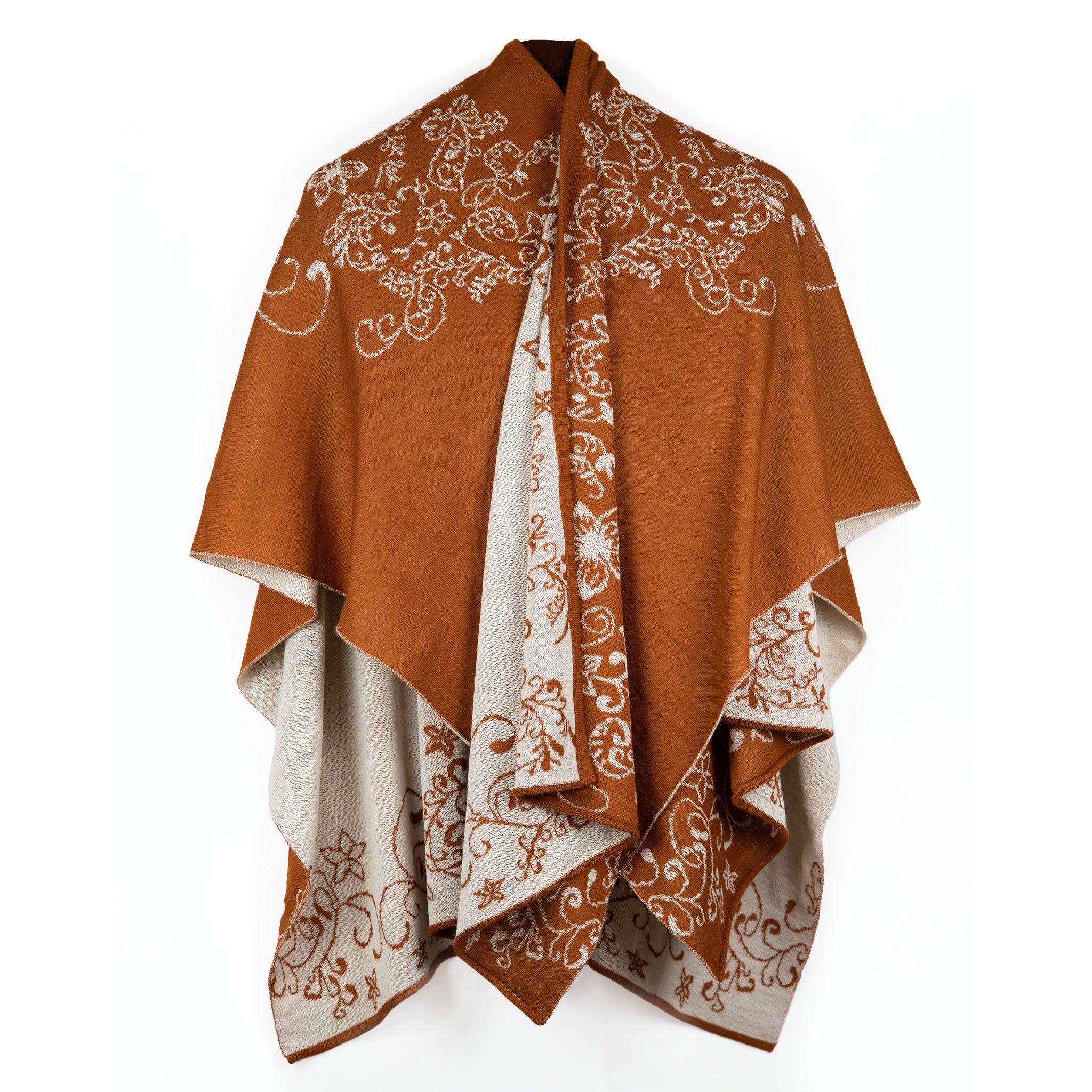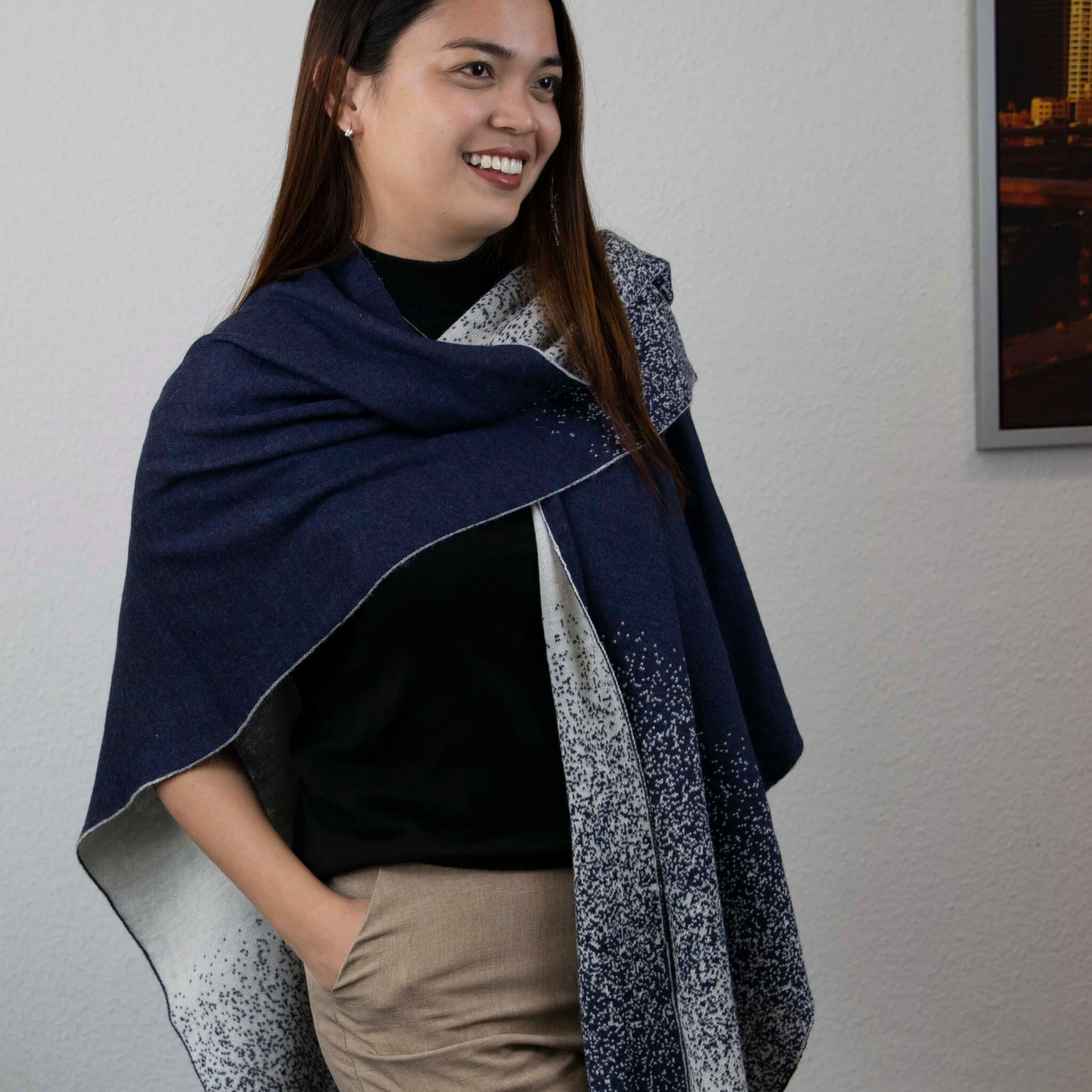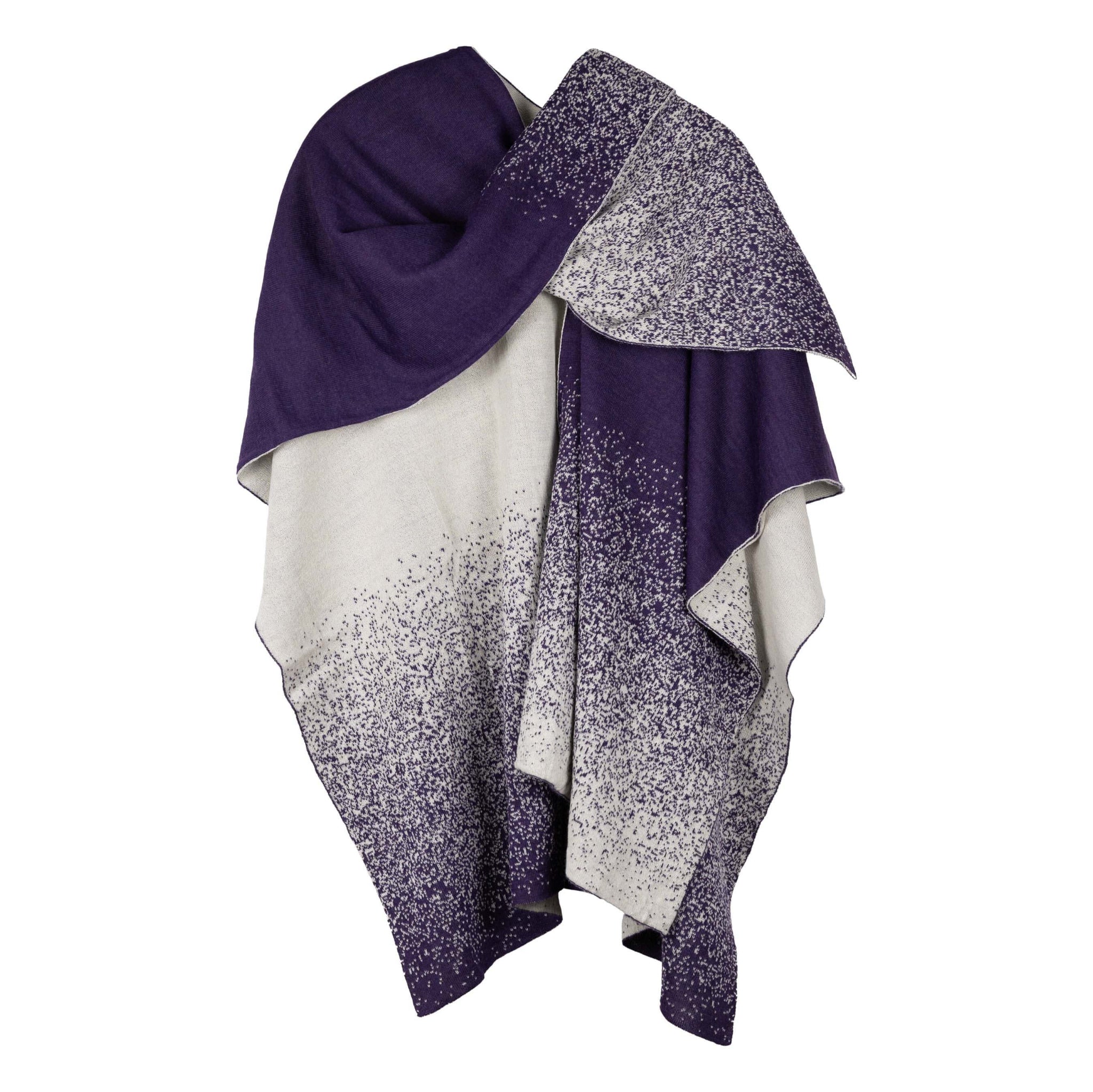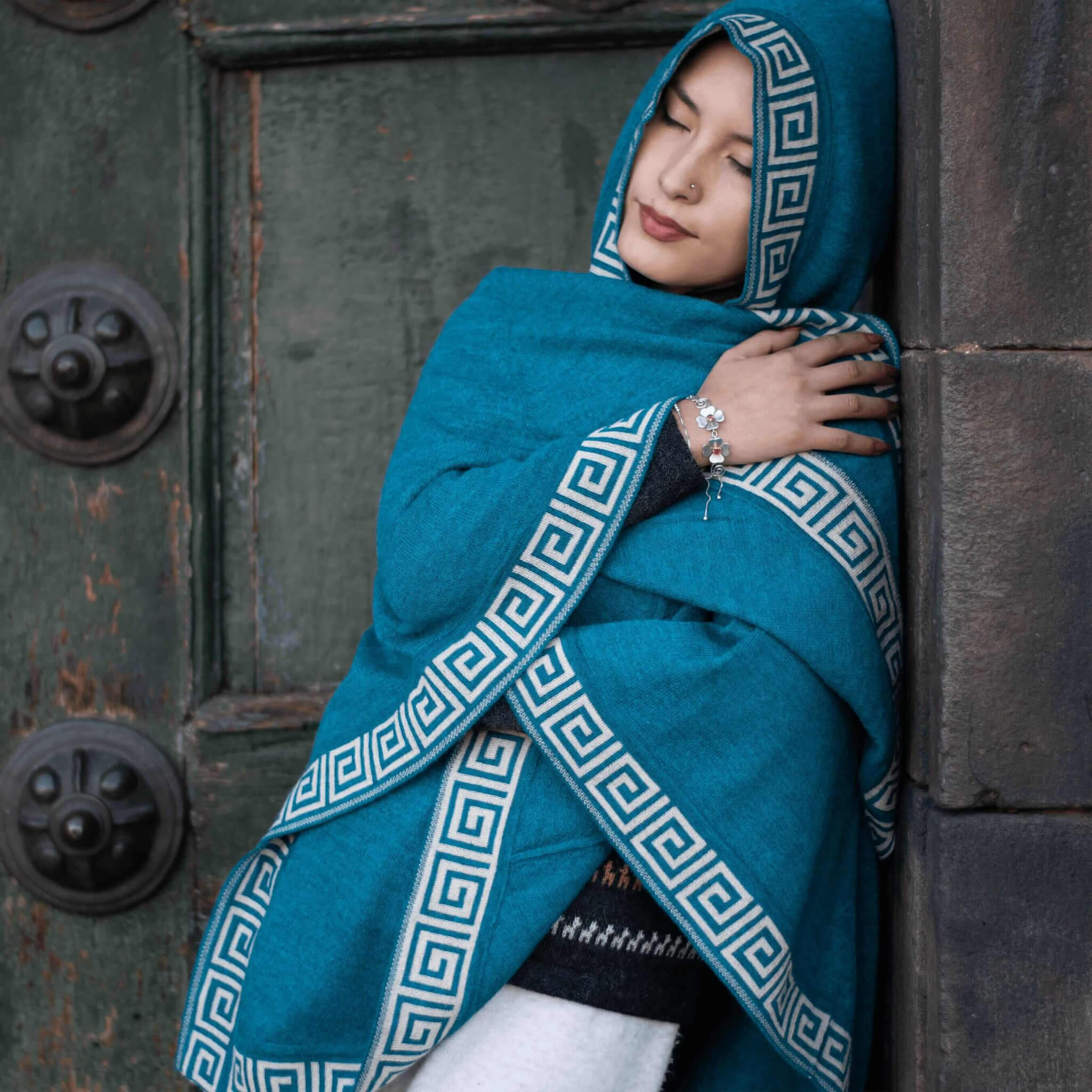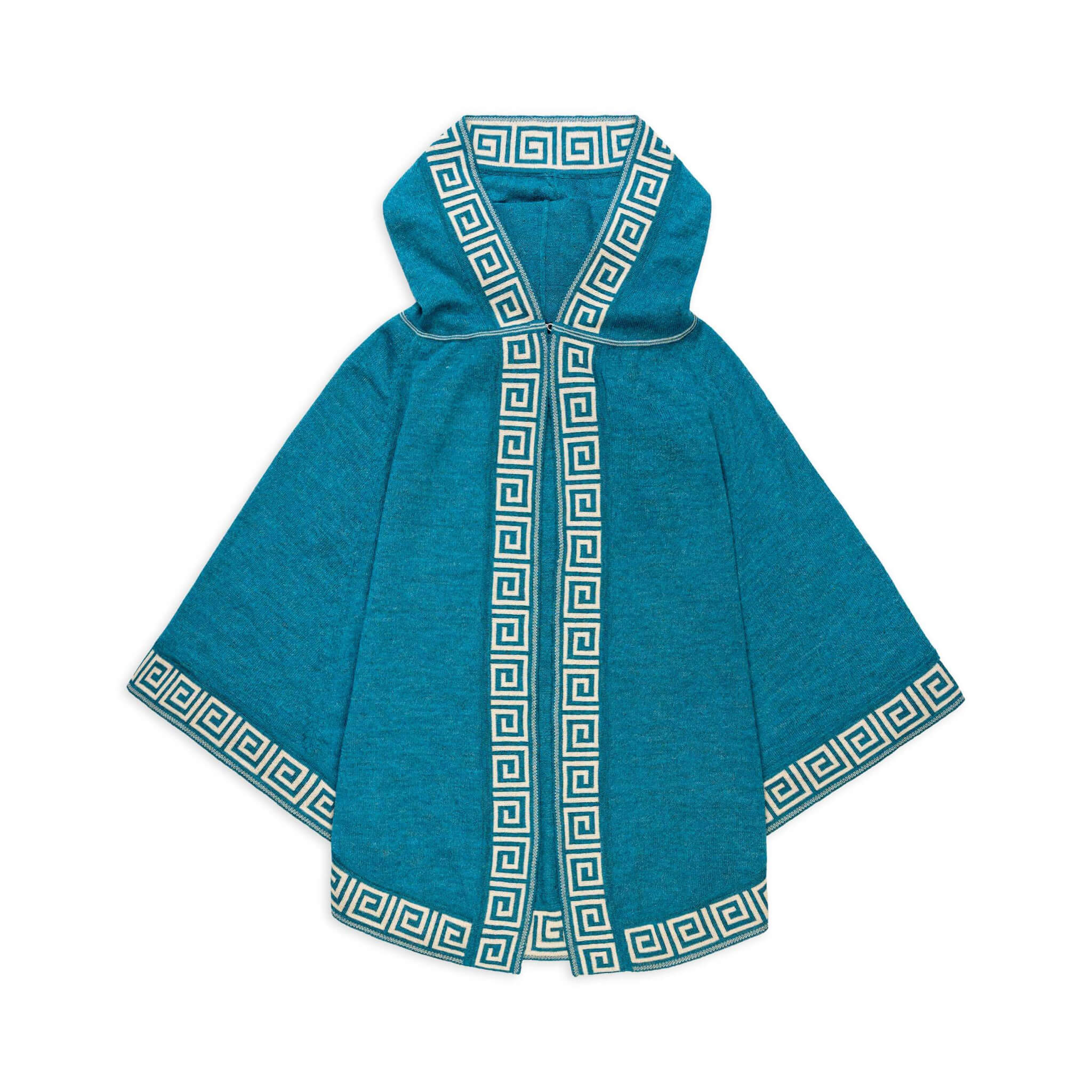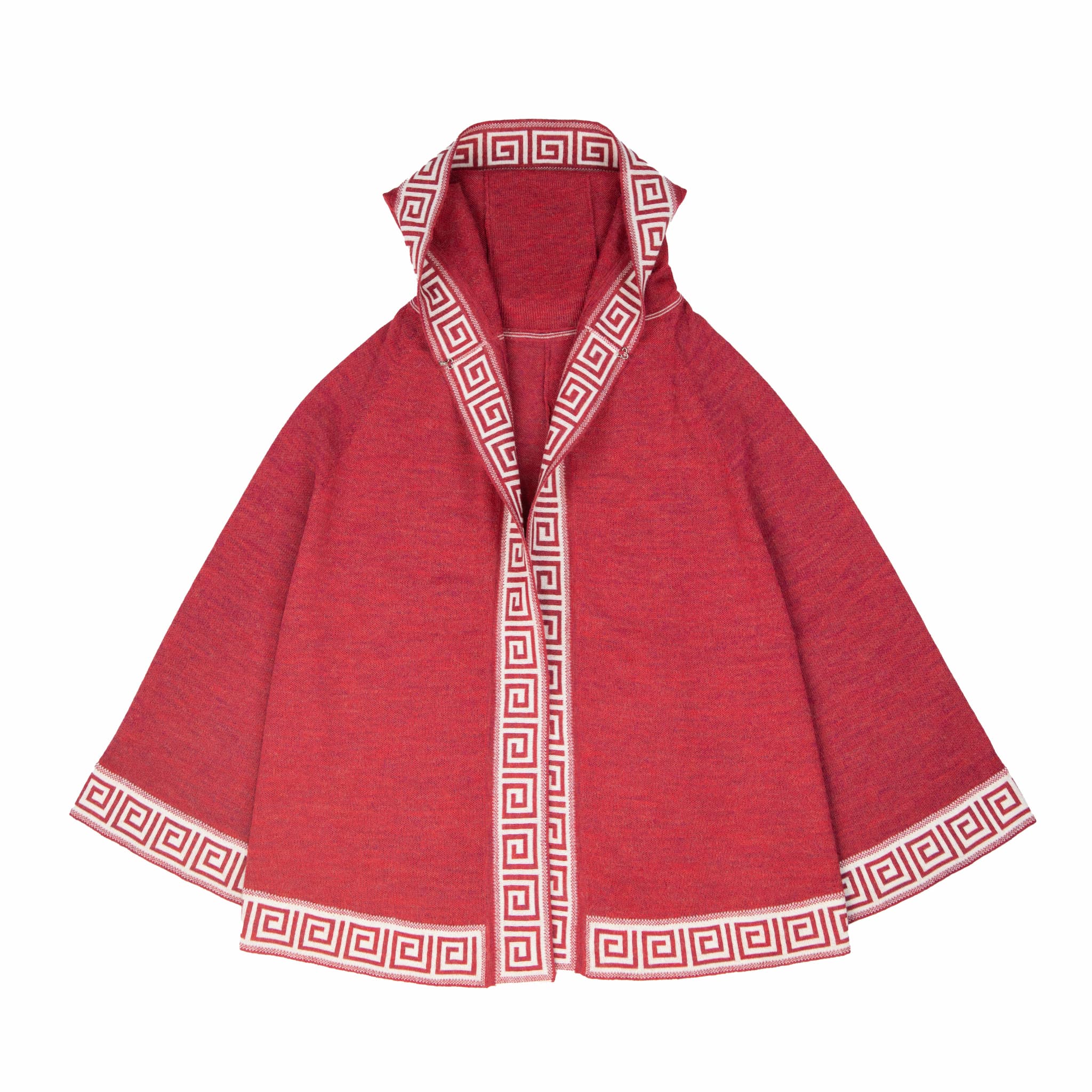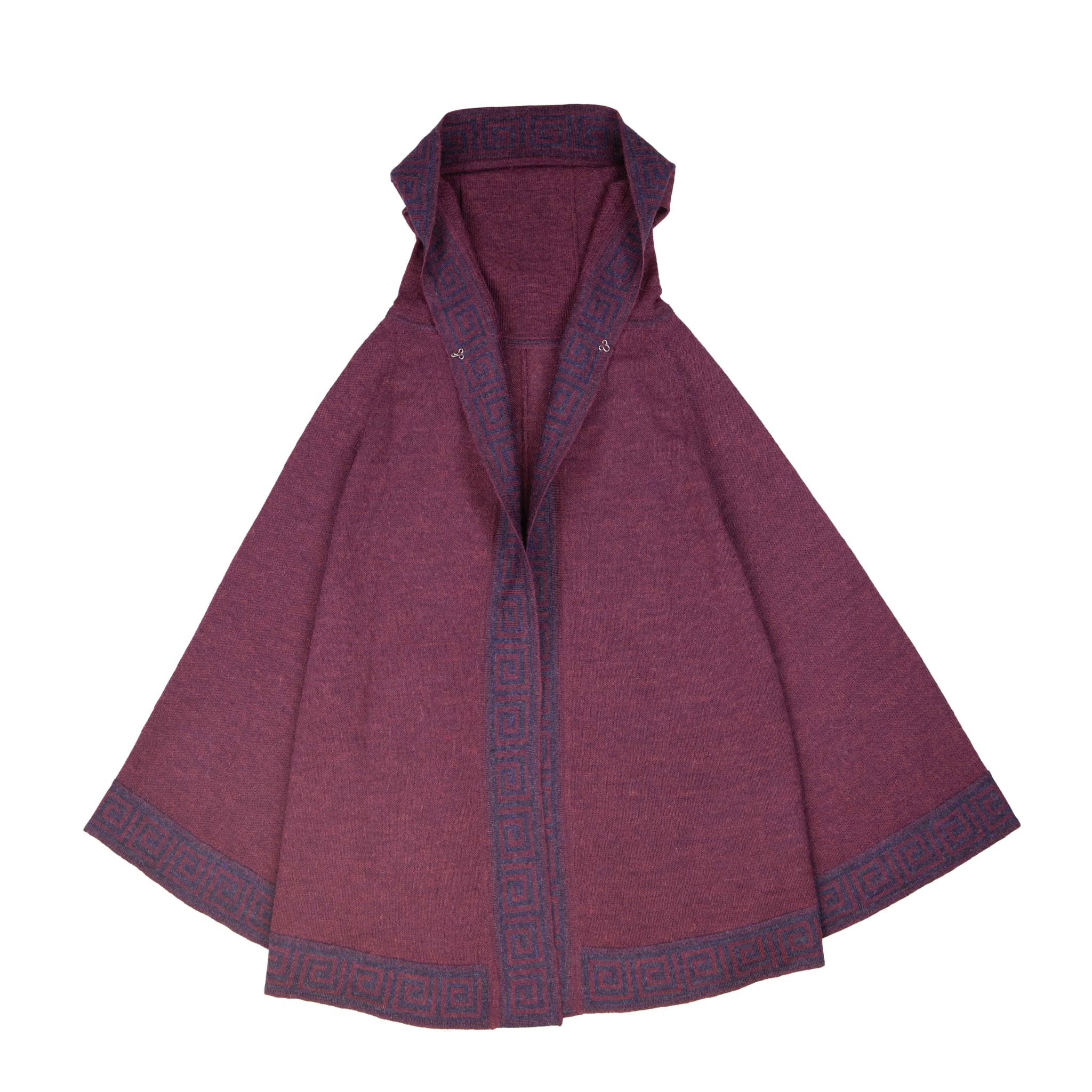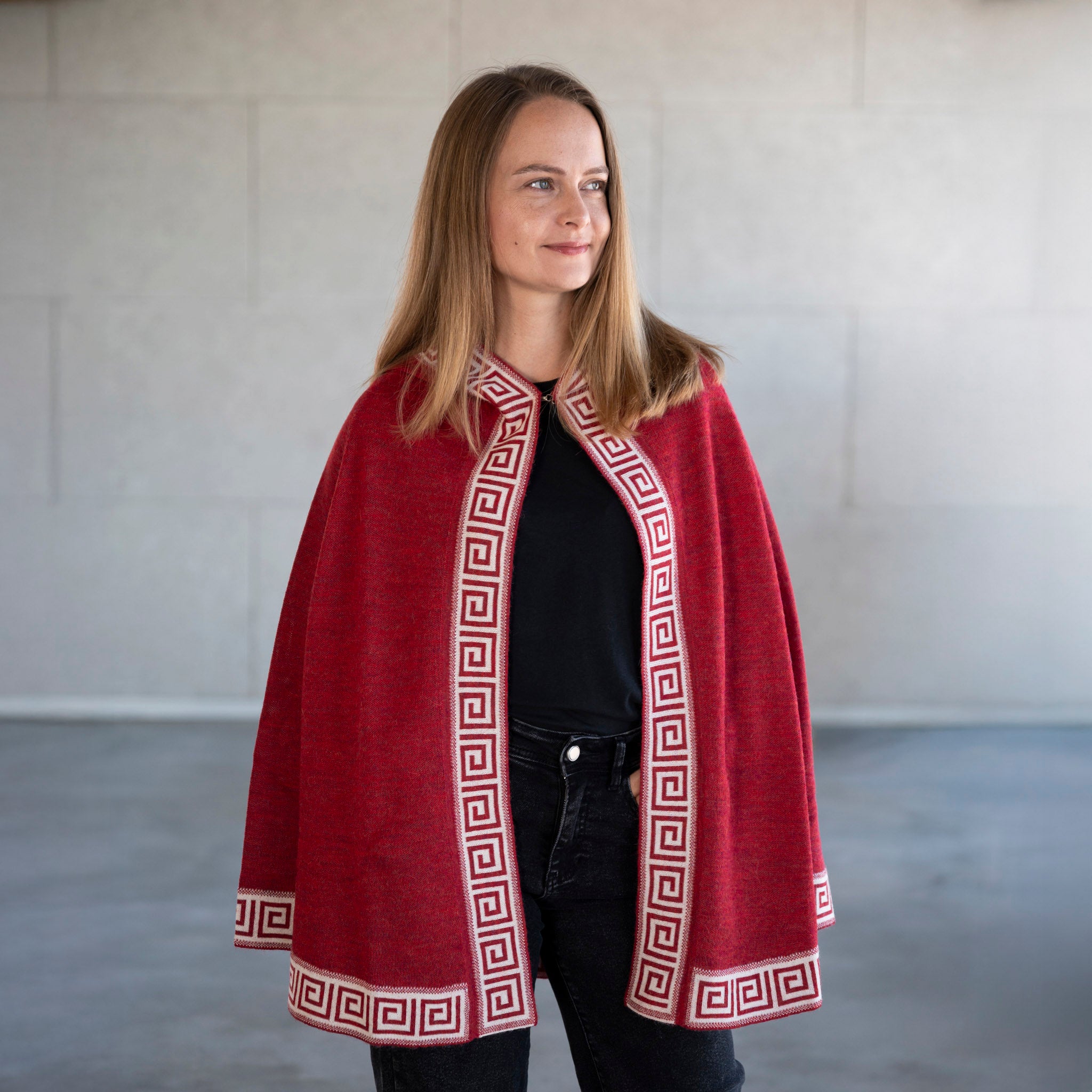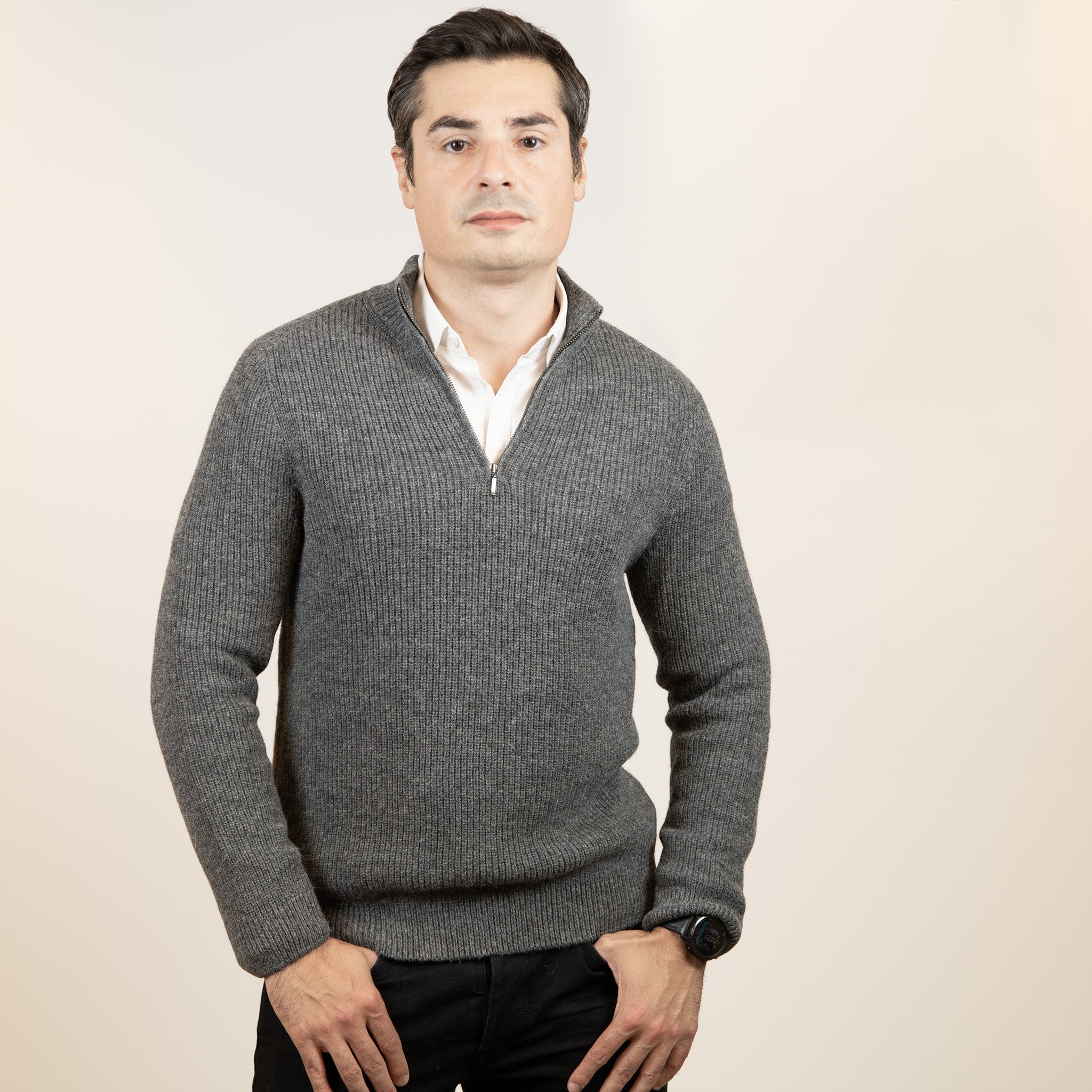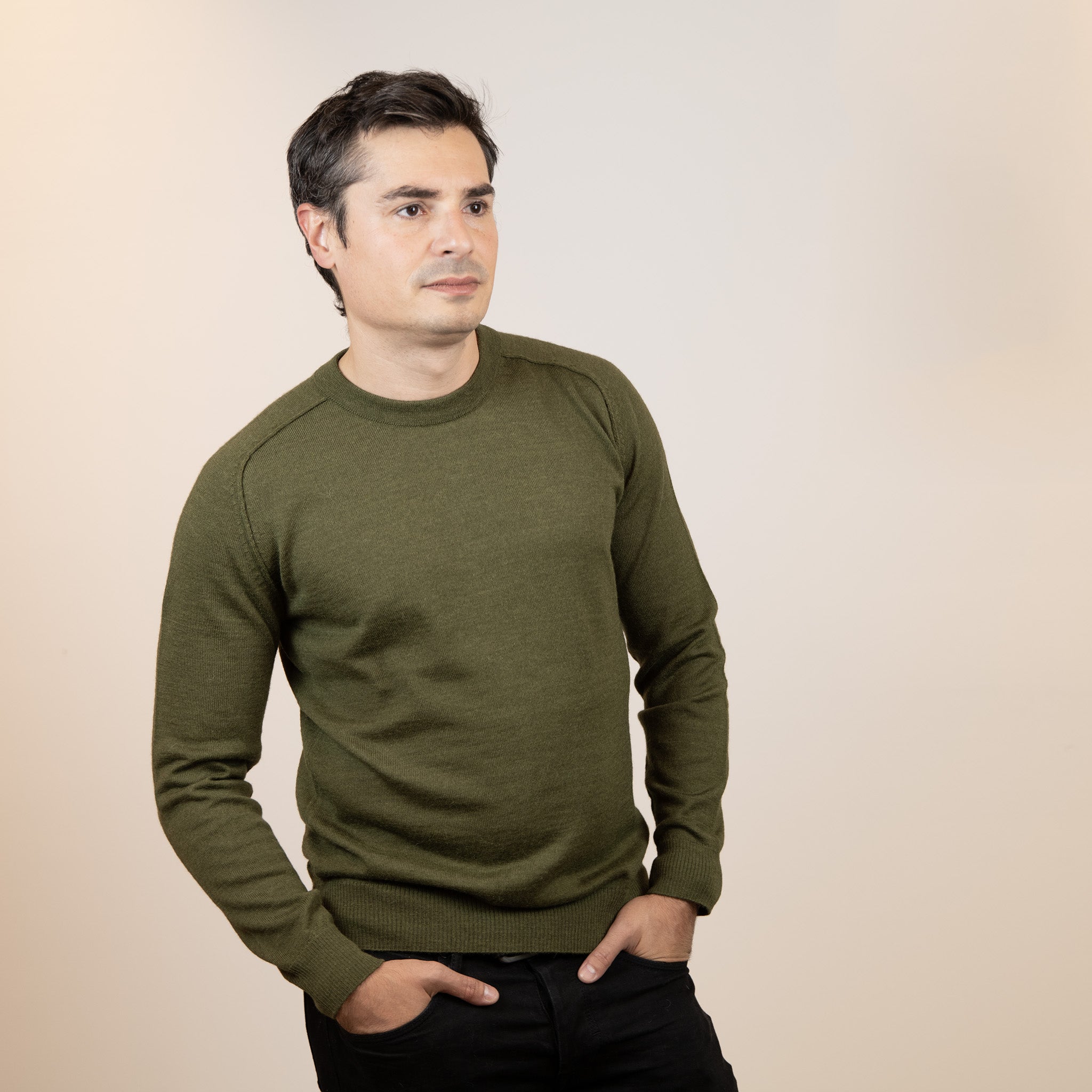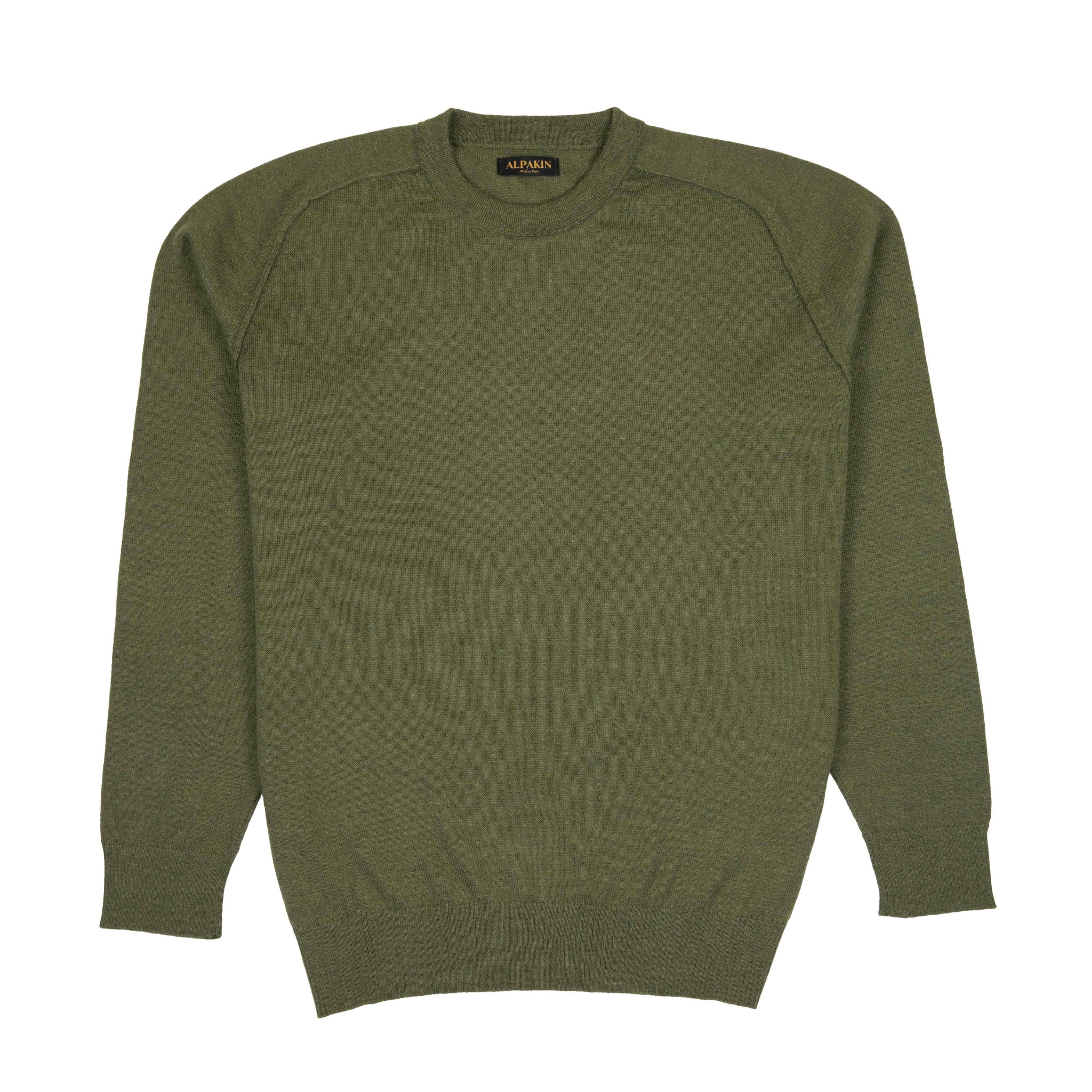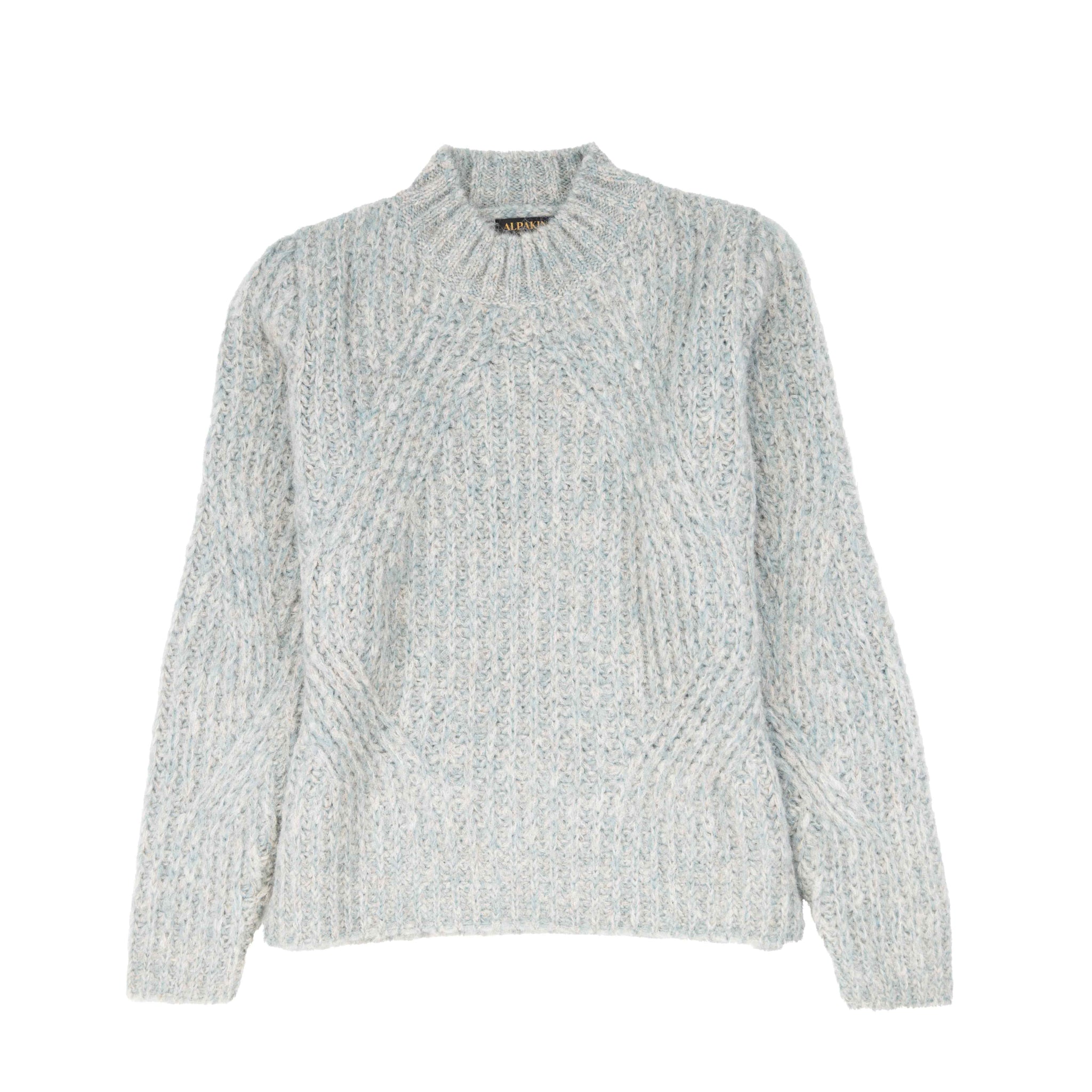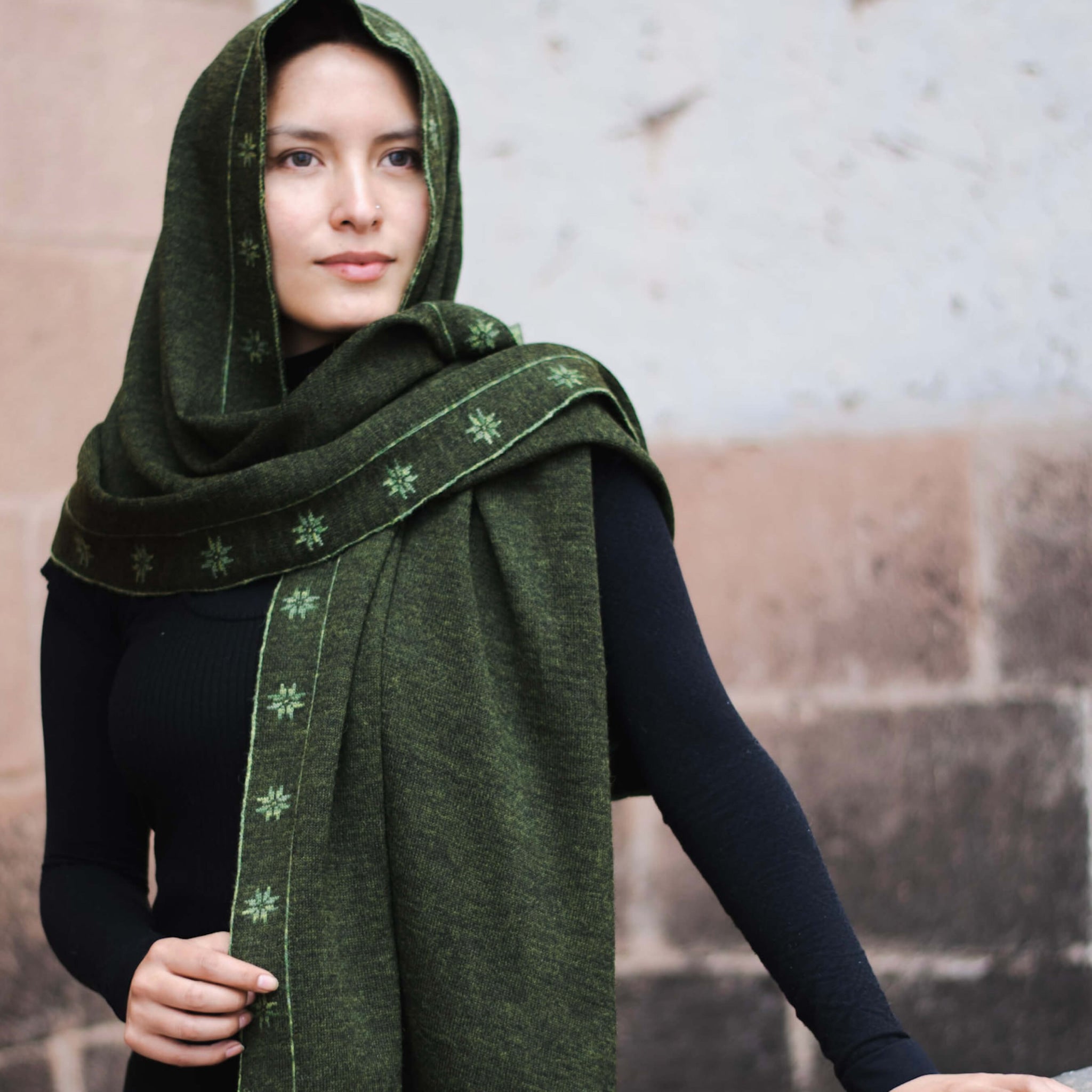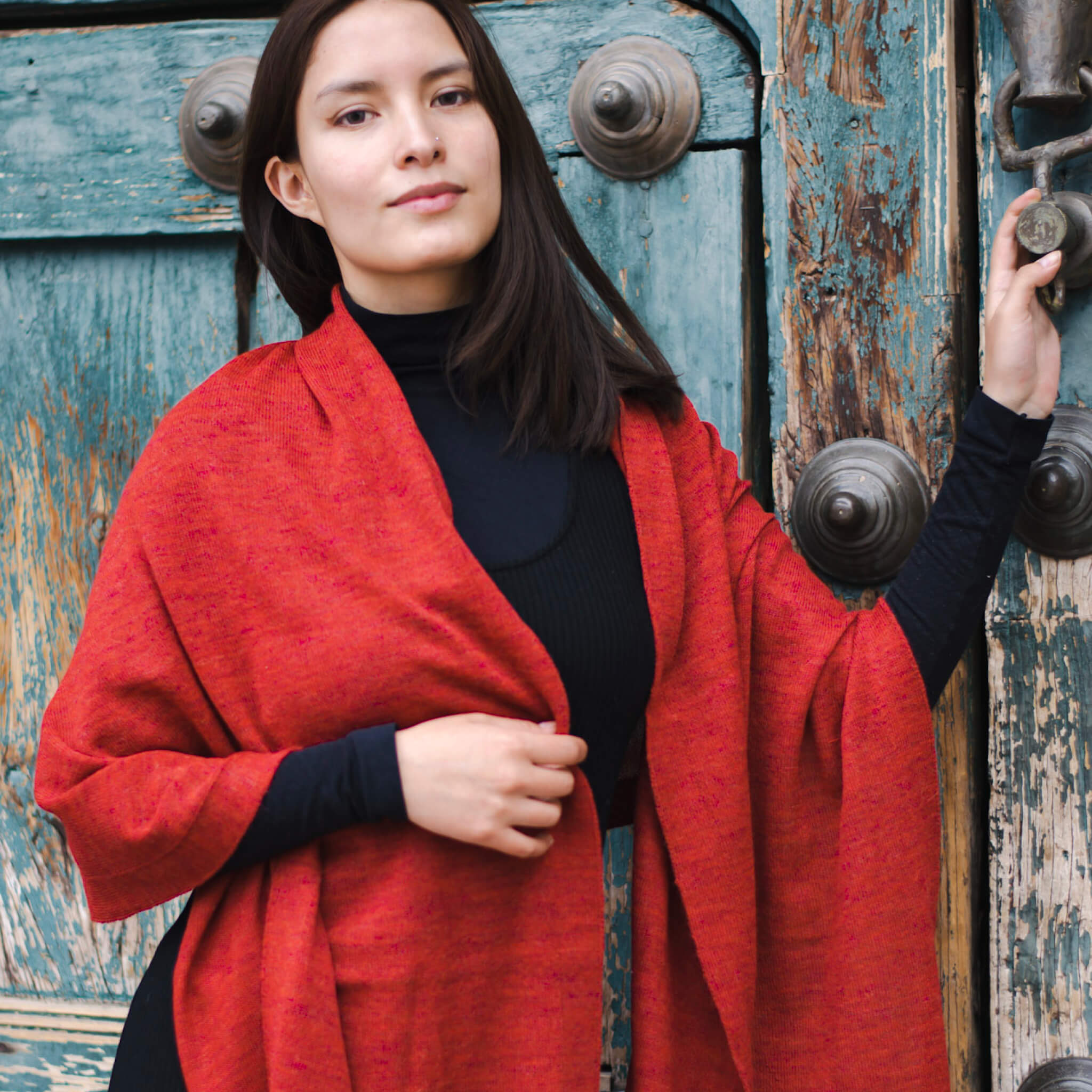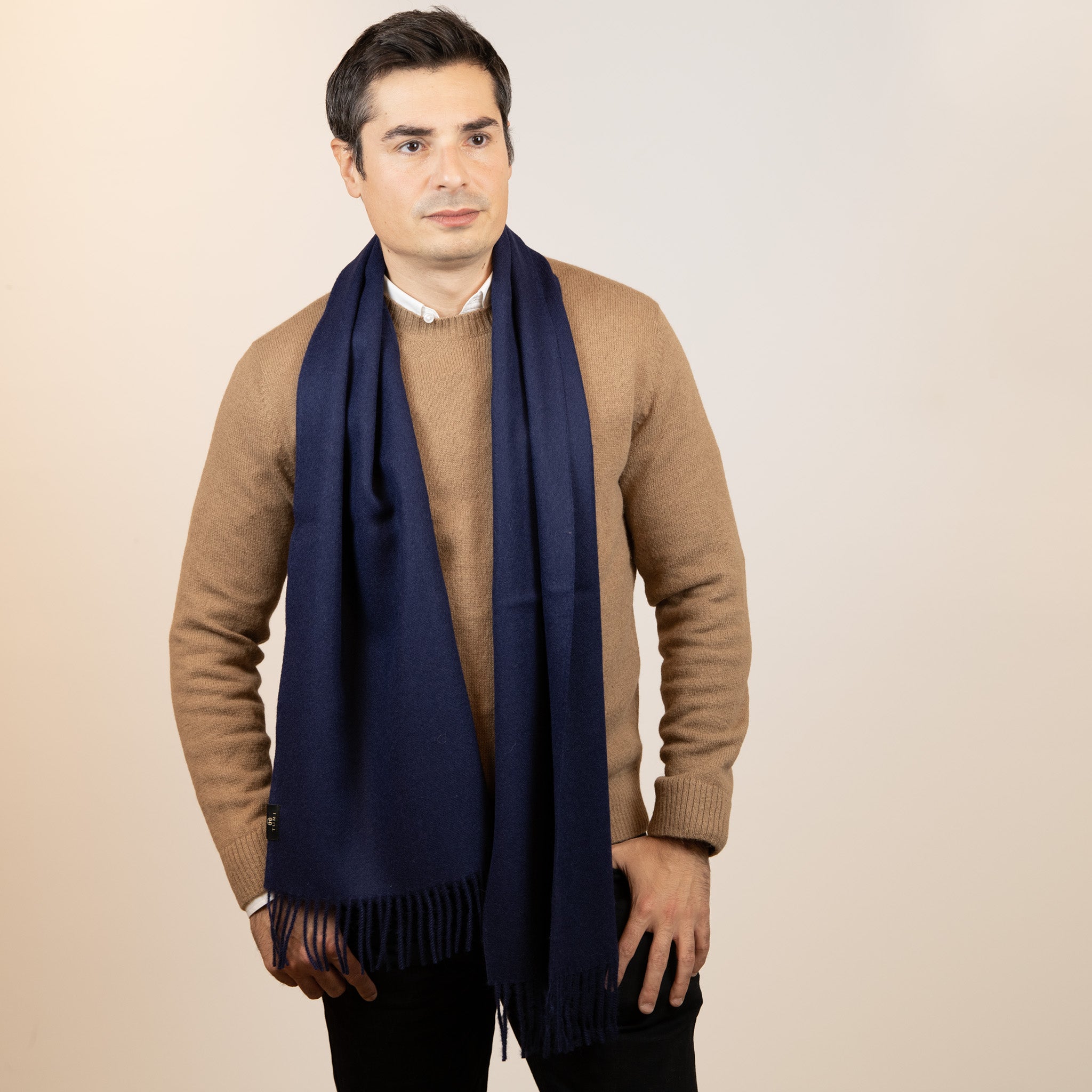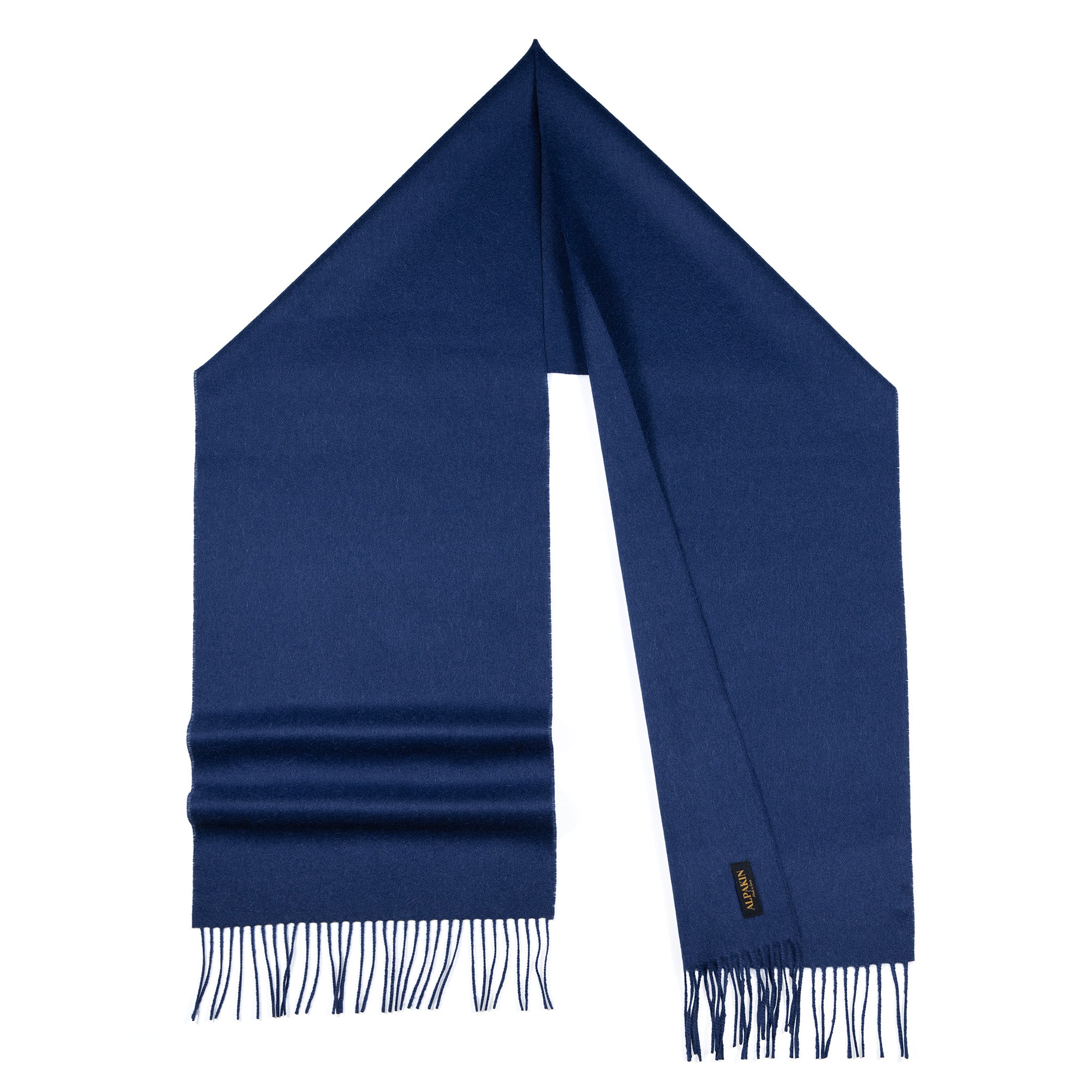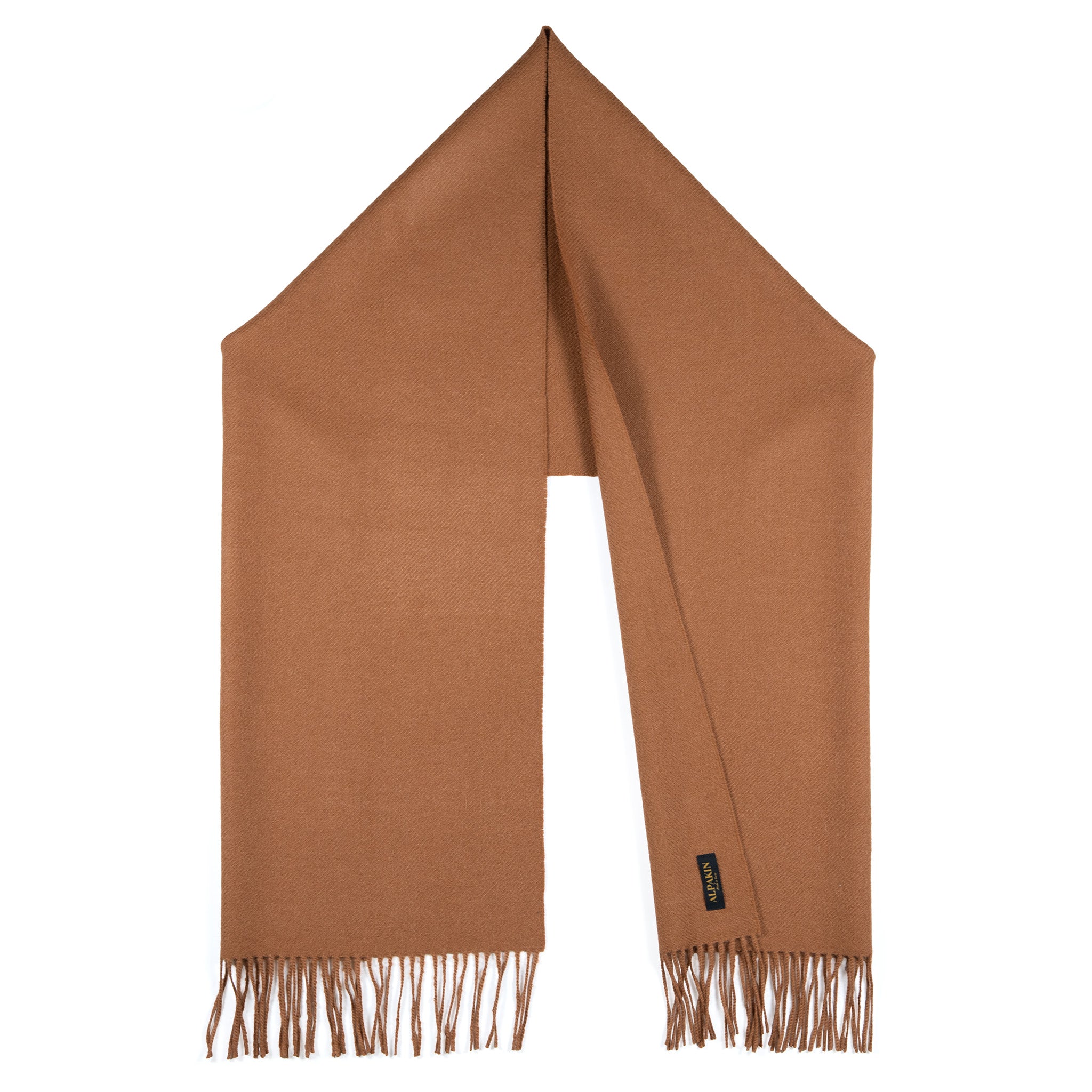Origin of our wool
Zertifizierte Alpakawolle
Michell steht für tiergerechte Wolle, die ökologisch und fair gewonnen wird.

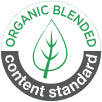




Peru, die Wiege der Alpakas
No other country has more alpacas than Peru. With more than four million animals, 80% of the world's alpaca population can be found in this special Andean country. Alpacas, with their friendly, lovable nature are not only beautiful to look at, but they also provide a livelihood for more than 120,000 families in the Andean regions who have been processing this warmest wool into clothing for generations. From alpaca breeding to the extraction and processing of the wool, knowledge has always been passed down from one generation to the next. Alpacas and llamas are closely linked to the country's culture. The South American camels are considered sacred animals that, then as now, play an important role in ceremonies for "Mother Earth" (Spanish: Pachamama or Madre Tierra).
Today, alpaca fiber is a flagship product of Peru, similar to Peruvian Pima Cotton or the highly esteemed Peruvian cuisine. It is also assumed that the highest quality alpaca wool comes from Peru. The quality level of neighboring countries such as Bolivia, Chile and Ecuador is often not on par with the wool from Peru. This is due to a long tradition of producing alpaca wool and manually sorting out the different qualities. Peru has long developed a considerable knowledge advantage over its neighboring countries. Visionaries such as the founder of Michell, Frank W. Michell, recognized the potential of the noble fiber and brought it from Peru to the whole world.
Historie der Michell Gruppe
The history of the Michell Group began about a century ago and is strongly influenced by the vision of the founder Frank W. Michell. He traveled to Peru for the first time in 1922. From the very first moment he was fascinated by the alpaca animals and their soft, shiny wool. In 1931, at the age of 35, Frank W. Michell founded the company Michell & Co. with the vision of helping to shape the textile tradition of the Andes. 14 years later, the first spinning mill was opened, laying the foundation for the Peruvian alpaca textile industry. In 1987, the pioneer Frank W. Michell died at the age of 90. Seven years earlier, he handed over the management of the company to his son Michael Michell, who has continued his father's vision ever since.
Today, Michell is a name all over the world, known for their wool (yarns) and high-quality clothing made from alpaca and vicuña. A pioneer back then, Michell is now a leader in the alpaca textile industry and represents Peru's textile heritage like no other company. Michell covers the entire value chain, from alpaca breeding to yarn production to the sale of high-quality alpaca clothing in various online shops, their local stores and to resellers from all over the world. Michell's well-known sub-brands include the clothing stores Incalpaca, Sol Alpaca, Patapampa and Alpaca Factory Outlet. These can be found especially in the tourist areas of Peru, such as Cusco, Arequipa and Lima.
In 2006, Mundo Alpaca opened in the city of Arequipa an alpaca experience center that aims to raise awareness of the special characteristics of alpaca wool. Here you will find alpacas and llamas that you can feed, as well as explanations and demonstrations of the wool process, from cleaning to processing into textiles according to Peruvian weaving tradition. Since April 2024, there has been another experience center in the former Inca capital of Cusco, the country's tourist center. Mundo Alpaca in Cusco also has a museum that displays thousand-year-old Peruvian ponchos, illustrating the country's textile heritage.
Fair Trade Certification
Another important milestone for Michell & Co.'s global expansion was receiving the Fair Trade certificate to provide buyers with better guidance. Michell is the first textile company in Peru to receive this award. Since then, the company has been focusing more on sustainability, environmental friendliness and social justice. For example, its clothing stores under the Patapampa sub-brand financially support educational institutions for children from remote Andean regions, thus making an important contribution to Peruvian society. As of this year, Michell has received eleven other international certificates on topics such as animal welfare, environmental protection and the sustainability of materials.
Alpaca wool processing
Alpacas are social animals and are kept in herds by Andean shepherds and communities. They are domesticated and descended from wild vicuñas. Vicuna wool is still the most expensive wool in the world. It is thanks to its ancestry from alpacas that we have its unique wool, which has a multitude of characteristics that other precious fibers such as merino or cashmere do not have. Alpacas are sheared once a year. It is an important procedure for the animals so that they do not overheat in the summer. After shearing, the wool is taken to sorting halls where the first classification work is carried out.
Sorting is the manual classification of fibers according to origin, color and fiber length. This is done manually by people who use traditional sorting techniques from their ancestors. As already mentioned, the knowledge for this has been passed down from one generation to the next. Sorting cannot be mechanized because the different properties of the material and the quality levels such as baby alpaca wool can only be assessed by experienced eyes and hands. The same applies to the country's soft Pima cotton.
After the sorting process, the wool is cleaned to remove soil, grass, droppings and other contaminants. The fibers are then sorted according to different colors. Alpacas come in a variety of colors, from cream, light brown, dark brown, gray to black. Their variety of colors is a great advantage for buyers and the textile industry. Clothing and accessories in the colors cream, brown, gray and black are the natural colors of alpacas and are completely free of chemical coloring. Allergy sufferers and people with sensitive skin in particular enjoy the naturalness of alpaca clothing. The natural colors of alpacas are intense, shiny colors that will never wash out, or have you ever seen a colorless alpaca? After the colors have been sorted, the wool is spun, which is done with machines at Michell. The use of machines ensures that the fibers are spun as finely as possible and that no irregularities arise. Independent families often offer hand-spun alpaca textiles on the street. Beautiful unique pieces, which however contain minor defects and are usually less soft than industrially produced garments.




Once you have the spun wool in different colors, the process of making alpaca clothing can begin. Here, a basic distinction is made between the use of industrial machines and artisan machines, which produce less fine results and require more time and manual labor, which also affects the price.
Mundo Alpaca also showcases the artisanal weaving that has been practiced in Peru for thousands of years and is an important part of the country's textile tradition. Through the creative medium of textile art, the indigenous Peruvian peoples managed to preserve their beliefs and traditions for eternity. They mastered various sophisticated techniques and over time built up a level of expertise in weaving that no other culture has ever surpassed. Backstrap weaving is a technique that was used by various cultures before the Inca period to create fine textile patterns that are difficult to reproduce even today. The textile patterns incorporate elements from nature and animals as well as symbols with cultural significance such as Pachamama, the Inca calendar or the Tumi ritual knife.
Experience Alpaca Clothing
- Alpaca Ponchos
- Alpaka Pullover
- Alpaca Scarves
- Alpaca socks









